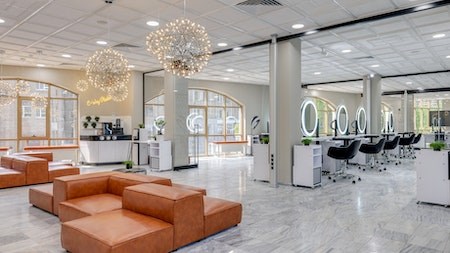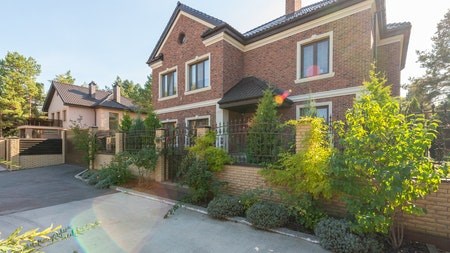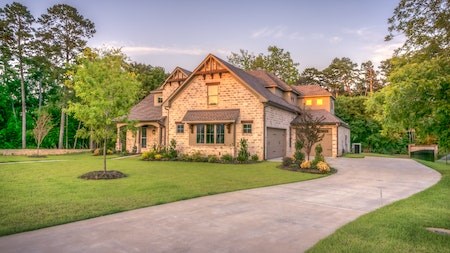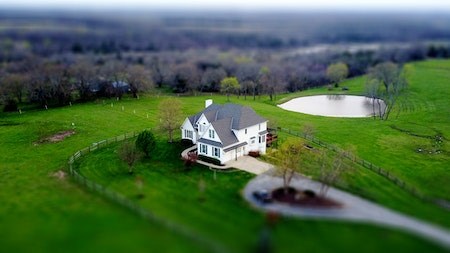Eco estates are residential developments with a focus on a sustainable lifestyle. The main goal is to have as little impact on the development site as possible. This requires sustainable design, empathetic architecture, minimal landscaping incorporating natural colours and textures, locally sourced materials, and eco-friendly structural elements complementing the estate setting.
As the world's natural spaces dwindle due to large-scale development, eco-estates are playing an increasingly more significant role in nature conservation worldwide. Simultaneously, affluent homeowners are attracted to such estates for their environmental and wellness benefits. With remote working now an established trend, it is entirely feasible to work from your home in an eco-estate and service clients from any part of the country – or even globally.
Eco estates have a density of one to five homes per hectare - compared to 20 homes per hectare in traditional single-home suburbs. They are also subject to ongoing environmental management plans (EMPs), which require yearly reports by conservation officers to be delivered to local authorities for scrutiny. EMPs need to include plant species lists, game and bird counts, erosion reports and the progress made in replanting the estate with indigenous trees and plants.
According to New World Wealth, by 2050, more than 30% of the world’s wealthiest people will either live or have second homes in eco estates. Several eco estates have been developed around South Africa - from the Western Cape to KwaZulu-Natal and Limpopo. Most of these are designed around nature conservation activities, such as the rehabilitation of fauna and flora in locations previously damaged by industrial activity.
It is well-established that buying a home in a security estate is a profitable investment, as properties in estates tend to increase in value faster than equivalent freestanding properties. The same applies to eco estates, but as with any lifestyle choice, there are pros and cons to buying property in this type of complex.
Pros
The main attraction of an eco estate is the lifestyle on offer. What could be more appealing than a home in beautiful natural surroundings, with architectural design guidelines in place to ensure that buildings don’t detract from the environment?
Other advantages of living in an eco estate include:
- Energy-efficient homes that reduce carbon footprint – and utility bills.
- Recreational amenities like hiking and cycling trails, fishing, horse-riding and birdwatching.
- A secure environment where children can play safely, and adults can enjoy their favourite outdoor activities.
Cons
Possibly the only negative aspect of living in an eco estate is that you have to abide by the rules and regulations of the complex. You need to be very sure you will be happy keeping within the architectural guidelines as well as the restrictions imposed to ensure the sustainability of the natural environment.
Some eco estate listings
Springerbaai Eco Estate is a 438-ha coastal development on the Southern Cape Garden Route, west of Mossel Bay. The estate comprises 117 full title stands in six seas orientated and grouped housing phases. Four scenic boardwalks provide access to a pristine sandy beach over the coastal dunes. Facilities include a bird hide, a nursery, a viewing deck overlooking the bay and several walking paths and trails.
Springerbaai Eco Estate: Property and houses for sale | Private Property
Intaba Ridge Secure Eco Estate is situated on a mountain ridge overlooking Pietermaritzburg. With abundant wildlife, the development pays special attention to security and the eco-friendliness of the entire estate. Minimum stand sizes of 2 500m² and game corridors ensure wide open spaces and remarkable views.
Intaba Ridge Secure Eco Estate: Property and houses for sale | Private Property
Elephant Rock Eco Estate near Hoedspruit, Limpopo, is positioned alongside the Olifants and Makhutswi rivers, between the major nature reserves including Balule and Greater Kruger National Park.
Elephant Rock Eco Estate: Property and houses for sale | Private Property
Meyersdal Eco Estate, south of Johannesburg, encapsulates the natural beauty and splendour of the Klipriviersberg and highveld flora in a secure private estate, which forms part of the greater 112 000ha Meyersdal Nature Estate. The 343 residential stands range in size from 750m2 to 4 000m2. Attractions include 16 km of mountain bike track, a 7 km hiking trail, three dams with five indigenous fish species and a wide variety of game and bird species.
Meyersdal Nature Estate: Property and houses for sale | Private Property
Think about the guidelines and options above when considering investing in an Eco estate.
Writer: Sarah-Jane Meyer




